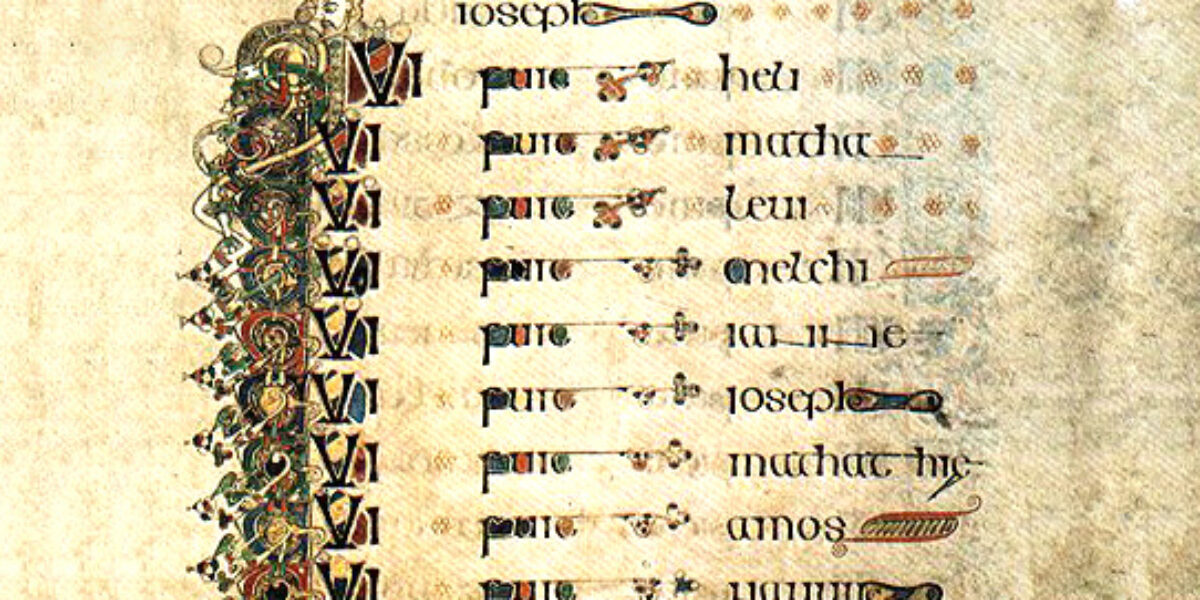The Bible has lots of names. Read about the importance of genealogies in the Bible, including the history that they record and the connections they make.
People in ancient Israel placed great importance on who their family’s ancestors were. The Bible includes family lists (genealogies) in order to show where certain families came from and why they were important. Genesis lists the male head of each family from Adam to Noah (Gen 5:1-32), from Noah through the descendants of his three sons, Japheth, Ham and Shem, and from Shem to Abraham (Gen 11:20-26). Isaac was the son God promised to give Abraham and Sarah. Genesis tells the story of Isaac’s descendants, but the genealogy in Genesis 25:12-18 is a reminder that Abraham also had a son named Ishmael with Hagar, Sarah’s slave. The names listed in this passage are based on village names in areas surrounding Canaan, but are not really part of the land promised to Abraham and his descendants. Many of the names included in the lists from Genesis are of tribes or places rather than individuals (for example, see Gen 10). Even so, they show how God’s purpose works through the historical experiences of groups as well as of individuals.
The only proper family line for Israel’s priests was from Levi (Exod 6:16-25). The long list of worthy ancestors of Israel’s first king, Saul, is given in 1 Chronicles 1:1-9:44. Those who wanted to be priests or kings had to show they were descended from these families. After the Jews returned from exile in Babylonia, beginning in about 538 B.C., family lists were emphasized as a way of prooving ethnic and religious purity. Lists form Ezra show which families could serve as priests and temple workers and which were questionable (Ezra 2). Ezra 10 lists those who wanted to remain priests but first had to agree to divorce their foreign wives (Ezra 10:18-44).
Israel’s future kings were to be descendants of King David (2 Sam 7:16; Isa 11:1-5; Ps 89:3,4). Both of the genealogies of Jesus (Matt 1:1-17; Luke 3:23-28) link him with David, although they differ in details in their lists. Matthew emphasizes Jesus as the fulfillment of God’s promises to Israel, so his list begins with Abraham, the father of God’s people (Gen 12:1-3). Then his list moves through David, Israel’s model king, and through leaders of the Jewish people when they returned from exile (Matt 1:17). The list in Luke goes backwards beginning with Joseph, Jesus’ legal father, through David the king, Jacob, Abraham, and all the way back to Adam, the first human. This line shows that Jesus was important, not only for Israel, but for the whole human race.




